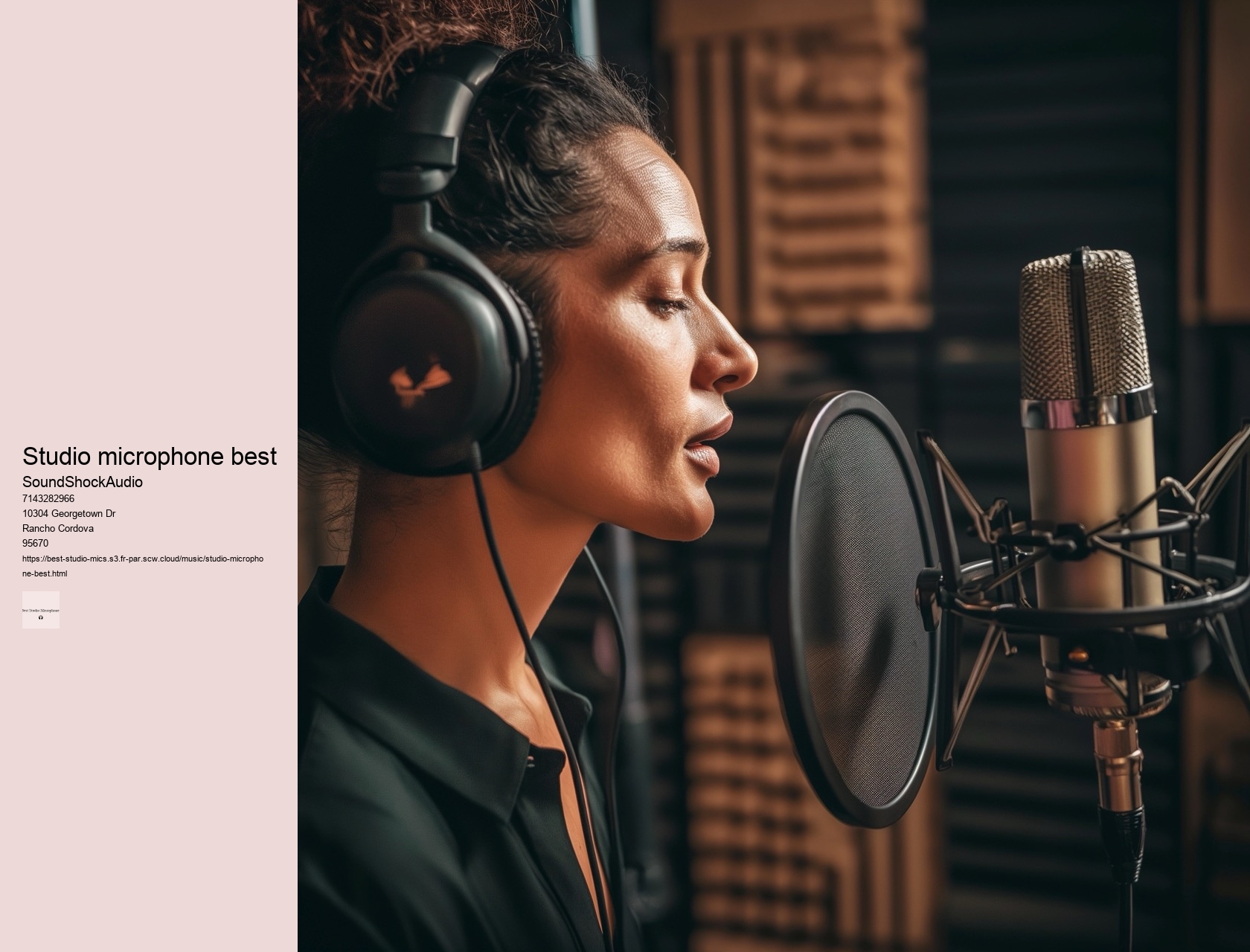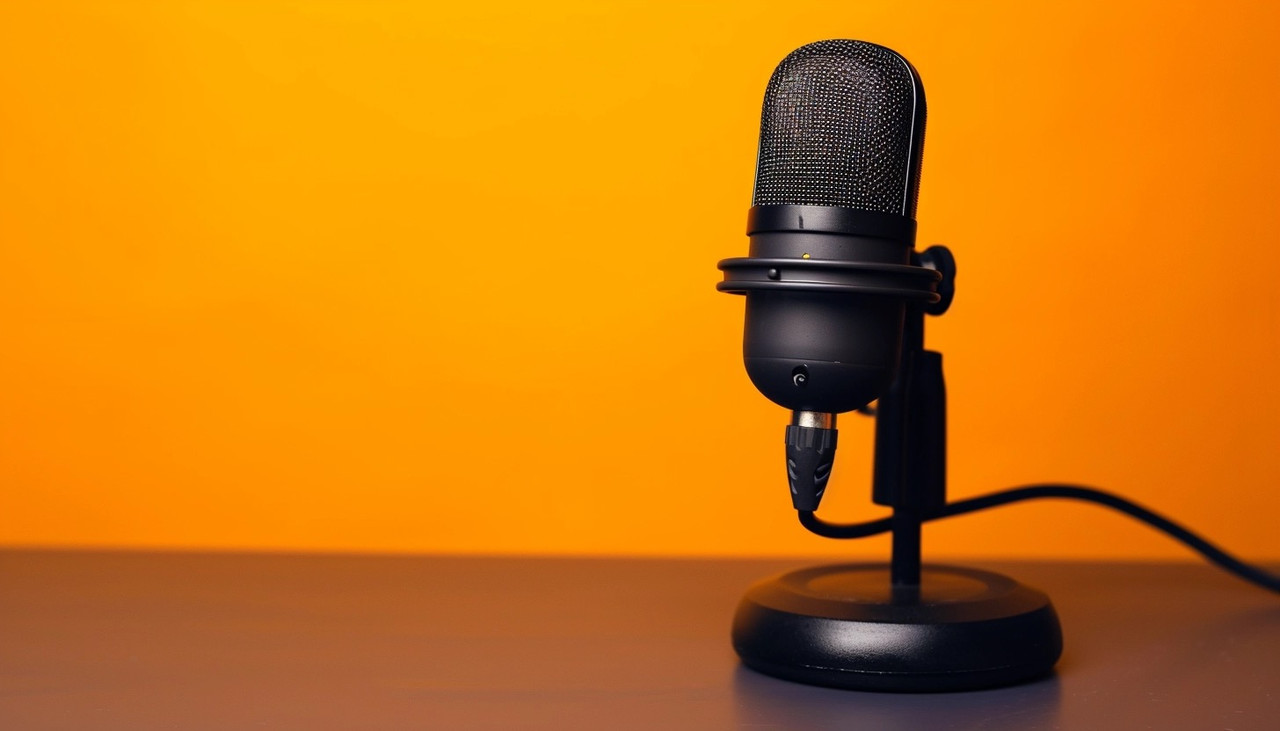

It is this device that deftly transforms analog brilliance into digital excellence, ensuring every subtle detail and dynamic expression is captured for posterity. The KSM137 is a great mic for everything from woodwinds or brass to guitars classics and choir singers. To find out which microphone to buy, check out the best studio microphones on SoundShockAudio.. The quality of an audio interface can greatly influence the fidelity of recordings; a superior model will adeptly handle signal conversion with minimal noise and distortion, maintaining the integrity of the original sound.
These frequencies can distort your perception of recorded sounds when left unmanaged. Connectivity too poses considerations; XLR connections remain industry staples due to their robustness and balanced signal transmission capabilities.
Finally, consider how the right microphone enhances not just individual projects but your reputation as well. This isolation allows for cleaner recordings even when adjustments are made during a session.
In the realm of studio microphones, this equilibrium often dictates the quality of audio captured, directly influencing the end product's caliber. It anchors your mic in place, preventing unwanted vibrations or movements that could tarnish your perfect take.
This allows you to connect it to your audio interface. Popular uses include vocals and guitar/bass cabinets, as well as any other situation that requires detail and noise reduction in an economical package.1. For instruments like acoustic guitars, experimenting with mic placement around the 12th fret reveals a balanced blend of string articulation and body resonance.
When it comes to handling noise—the unwanted thumps and rumbles transmitted through a microphone stand or boom arm—microphone design is paramount. These mics are all about feeling and finding what suits your voice.
The variables of room acoustics, microphone characteristics, and personal artistic flavor mean that sometimes breaking these “best practices” might yield uniquely brilliant results. Smooth response lends itself well to complex sounds like guitar amps, strings, and percussion.
Strategic thinking is also important. It also has a slightly better bass response and more clarity than a typical dynamic microphone.
Firstly, within the intimate confines of a home studio, microphones should possess versatility and forgiveness in character. Moreover, consider diaphragm size: large-diaphragm condensers typically offer warmer tones perfect for voiceovers or singing; small-diaphragm ones provide more accurate representations of acoustic instruments' timbres. Prioritize durability alongside audio quality.5.
But distance matters too; too close and you risk overwhelming bass due to the proximity effect, too far and the voice loses its intimate warmth. Selecting the best studio microphone for professional-grade recordings hinges on understanding this delicate interplay between sensitivity and fidelity.
This mic comes with Blue VO! Final Thoughts: Investing in Quality EquipmentEmbarking on a journey to capture pristine studio-quality sound can be akin to an artist selecting the perfect palette and brushes - it demands precision, care, and a discerning eye for quality.
The key takeaway here is that there's no one-size-fits-all when it comes to choosing the right microphone; it all boils down to individual needs, application context, and personal preferences. A Shure SM7B might outperform more expensive mics in certain setups due to its forgiving nature towards untreated spaces – showcasing how context matters deeply.


Joe Rogan and other podcast professionals use this microphone to record smooth, clear audio. The risk? Another contender, the AKG C414 XLII, offers multiple pickup patterns and a slightly elevated high-frequency response ideal for acoustic instruments' detail retrieval.
It not only provides a better distance indicator when you are up close but it also makes it less likely that it will knock out your teeth in a noisy club gig. The juxtaposition of 'vintage' and 'modern' may seem paradoxical, yet today's ribbon mics harmoniously blend historic sonic characteristics with contemporary durability enhancements.
Dynamic microphones offer robustness and reliability but may not possess the same level of detail as condensers. For those yearning for that smooth retro vibe reminiscent of yesteryear recordings—think brass ensembles or velvety vocals—a well-crafted ribbon mic might just be unparalleled.
Slate Digital has taken this idea and created a system that removes as many variables as possible. This is the most common polar pattern for recording vocals.
Vintage Telefunken ELA-251s deliver a mellow and smooth tone, with a natural sound reproduction. The same 1" HF6 gold-sputtered capsule is used as before, but the powering source has changed to 48V (not 48V or 24V), or 5V through the USB connection. These explosive breath sounds occur when pronouncing certain consonants like 'p' and 'b,' producing a burst of air that can overload a microphone's diaphragm, resulting in a pop sound.
Finally, experimentation remains key; there's no one-size-fits-all solution in audio recording. By considering factors such as type (dynamic, condenser, ribbon), polar pattern (cardioid, omni-directional), connectivity (XLR versus USB), as well as your own recording environment and budget constraints—you can narrow down options and find a top-notch microphone that will elevate your recordings from mediocre to magnificent.
This core component must respond with agility to the subtlest pressure variations, ensuring that from a delicate whisper to a resounding roar, every detail is immaculately preserved. Cardioid microphones have a heart-shaped pattern from which they derive their name.
It’s about creating the unseen artist behind the curtain; while listeners may never see it, they will certainly hear its impact on every flawless recording produced within those treated walls.- Strategies for creating an ideal recording environment to reduce unwanted noise and echoesCreating an ideal recording environment is pivotal in capturing studio-quality sound, as it can significantly diminish unwanted noise and echoes that might tarnish your recordings. For vocalists seeking to capture the nuances of their voice, a large-diaphragm condenser microphone is often heralded as the paragon choice.

To summarize this nuanced decision: achieving professional-level audio requires meticulous microphone selection—one that considers application specificity, pattern directionality, diaphragm size—and sometimes prioritizes long-term artistic investment over immediate cost-saving. However, their significance extends beyond mere conversion. mic stand Other disturbances such as sibilance—a hissing sound produced by 's' and 'z' sounds—and ambient noise can also detract from recording quality.
Selecting a top-tier microphone is akin to choosing a masterful paintbrush for an artist; it is essential in translating your acoustic visions into auditory masterpieces. You can use it as a simple dynamic microphone with a flat grille.
This unidirectional friend is ideal for podcasters and vocalists who seek to isolate their timbre from the bustling world around them. Blue Yeti X studio microphones are versatile and can be used in any recording situation.
Here lies the realm where dynamic microphones or robust shotgun mics take center stage. Shock mounts serve as the stabilizing force in audio recording.
They excel in controlled studio environments where their sensitivity can be harnessed without interference from ambient noise. In essence, proper acoustic treatment ensures that every nuance of your vocal delivery or instrumental prowess is captured just as intended – crisp, clear, and true to source. The Audio-Technica AT4050 also garners admiration for its transparent response and high SPL handling capabilities.
Similarly, Neumann U87 enjoys legendary status among vocal microphones due to its detailed and balanced output. At the entry-level, we find mics like the Audio-Technica AT2020 and Rode NT1-A.
A high-quality preamp can add warmth and clarity, ensuring that even subtle nuances are captured precisely. It can be a complex task to monitor multiple audio channels for large productions such as TV shows and theater.
You can capture your creative spirit right away. A. noise
John Mayer, known for his meticulous approach to tone and recording quality, has been seen using a variety of high-end microphones in the studio. Notably, he has used the Neumann U67, a vintage tube microphone renowned for its warmth and clarity, for recording vocals and acoustic guitars. However, it's important to note that Mayer might use different microphones depending on the specific sound he's aiming for in each recording session.
The Shure SM7B is widely regarded as one of the most popular studio microphones among professionals and enthusiasts alike. It is renowned for its versatility, durability, and ability to capture both vocals and instruments with clarity and warmth, making it a staple in recording studios around the world.
Dr. Dre is known for his meticulous approach to sound quality, and while he has likely used various microphones throughout his career, he is often associated with high-end models suitable for professional studio recording. One of the microphones he has been known to use is the Sony C800G, a tube condenser microphone popular among top producers and artists for its warm, clear sound.
Drake, like many professional artists, has been known to use a variety of high-quality microphones in the studio. However, one of his go-to microphones for recording vocals is the Neumann U 87, renowned for its warm sound and versatility. This microphone is a staple in many professional recording studios and is favored for its clarity and ability to capture the nuances of vocal performances.
As of my last update in 2023, Lizzo has been seen using various microphones, but she is often associated with the Shure Super 55 Deluxe Vocal Microphone for its classic look and reliable performance. This microphone combines the vintage design of the original iconic Shure Unidyne microphone with modern acoustic components to meet today's performance standards, making it a favorite among artists who value both style and quality.
Led Zeppelin, particularly its lead vocalist Robert Plant, primarily used the Shure SM58 microphone for live performances. This microphone is renowned for its durability, sound quality, and ability to handle high sound pressure levels, making it a popular choice among rock vocalists.